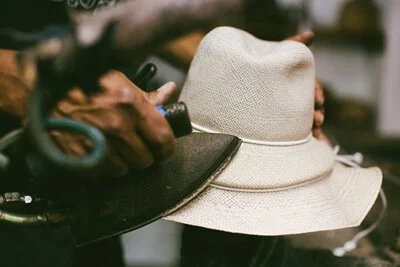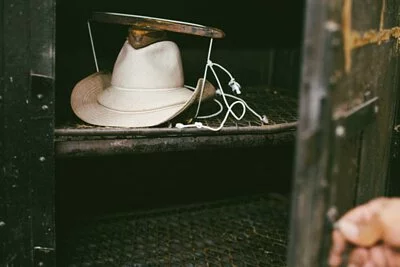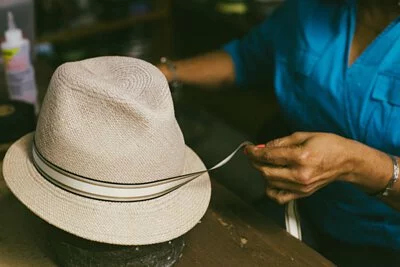ABOUT PANAMA HATS
Straw hats woven for hundreds of years - "Panama hats" not made in Panama
Interestingly, although it is called a Panama hat, it is not actually from Panama, but from neighboring Ecuador, a thousand kilometers away. Straw hat weaving is a folk craft in Ecuador. It existed before the Spanish arrived in South America. At first, it was mainly in Manabí, a coastal province in Ecuador , and then extended from the coast to the Andes Mountains. town.
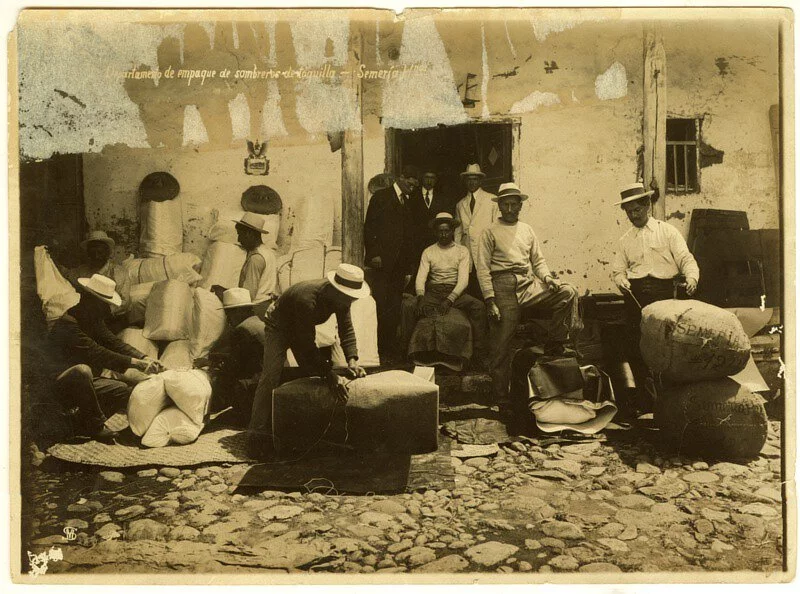
Figure / Straw hat weaving is a traditional craft in Ecuadorian townships
Source / Pinterest
In many towns in Manabi, every household will weave this straw hat and wear this straw hat, which is a daily life object for sunshade. Therefore, the Panama hat was not called the Panama hat at the beginning, but was called the "Ecuador hat", also known as the "Jipijapa straw hat" and "Torquila straw hat", because the Jipijapa palm (or It is named after Toquilla palm in Western.
This grassland is born in Central and South America from Mexico to Ecuador and Peru. There are many rivers and swamps in the west of Ecuador. The environment is very humid and conducive to growth, and it is very common in the local area. Because of the fame of the Panama hat, the hibbi haba is now called "Panama grass".
In fact, Panama grass can also be seen in the botanical gardens in Taipei and Kenting. During the Japanese occupation period, the Japanese introduced Panama grass to Taiwan when they saw that the Panama hat was popular all over the world. It is said that it also influenced the Taiwan rush industry, which was booming in Taiwan at that time, and made draft hats for export.

Photo / Panama grass, which looks like a palm, is often mistaken for palm family
Source / kplant.biodiv.tw
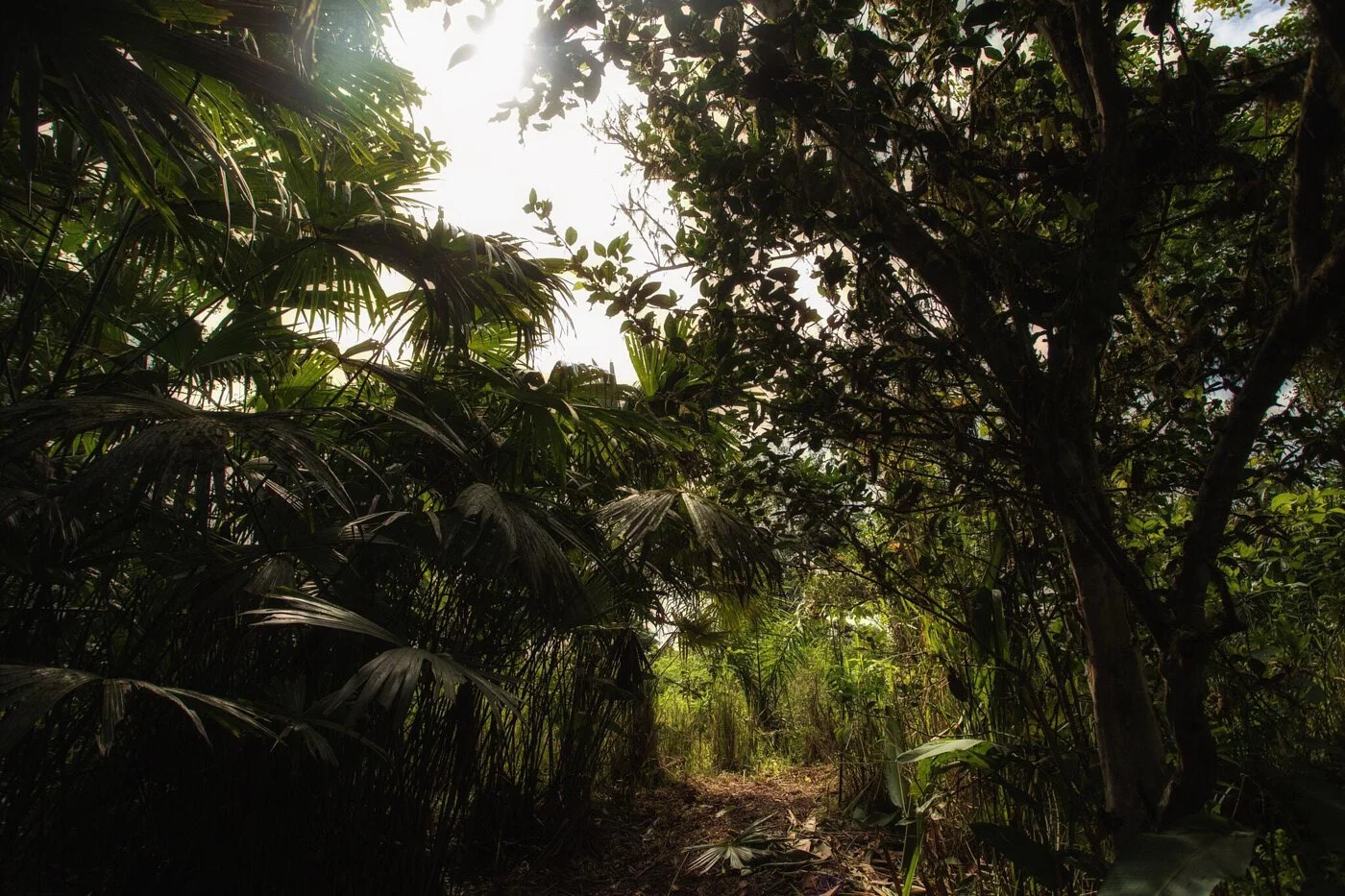
Photo / Panama grass growing in Ecuador (left)
Source / NYtimes
Straw hat weaving town in Ecuador
Straw hat weaving originated in Manabi Province, Ecuador, where there are many straw hat weaving towns, men and women, young and old, all devoted to weaving work, and the small town of Montecristi is one of them. In the mid-19th century, the Panama hat became popular all over the world. Under the promotion of the local government, the residents of Cuenca, a small town on the Andes Mountains, also invested in Panama hat weaving. Now Monte Cristi and Cuenca are Ecuadorian hats. two producing areas.
However, because the craze for Panama hats is so great, it has attracted many Central and South American countries to invest in development, such as Mexico, Nicaragua, Colombia, Peru and other countries, which have hat-making workshops. However, the Panama hat, which originated in Ecuador, is still the most exquisite and famous. In 2012, the weaving craft of straw hats in Ecuador was listed as an "intangible cultural heritage" by UNESCO because of its delicateness, uniqueness and increasing rarity .
Such a straw hat that is popular all over the world, in fact, more than a hundred years ago, it was just a sunshade straw hat that was circulated among sailors, until a Spanish officer fled the motherland after losing the fight, so let this straw hat go on. Fashion classic road.
The classic fashion of the panama hat: the gold rush. Napoleon. Roosevelt
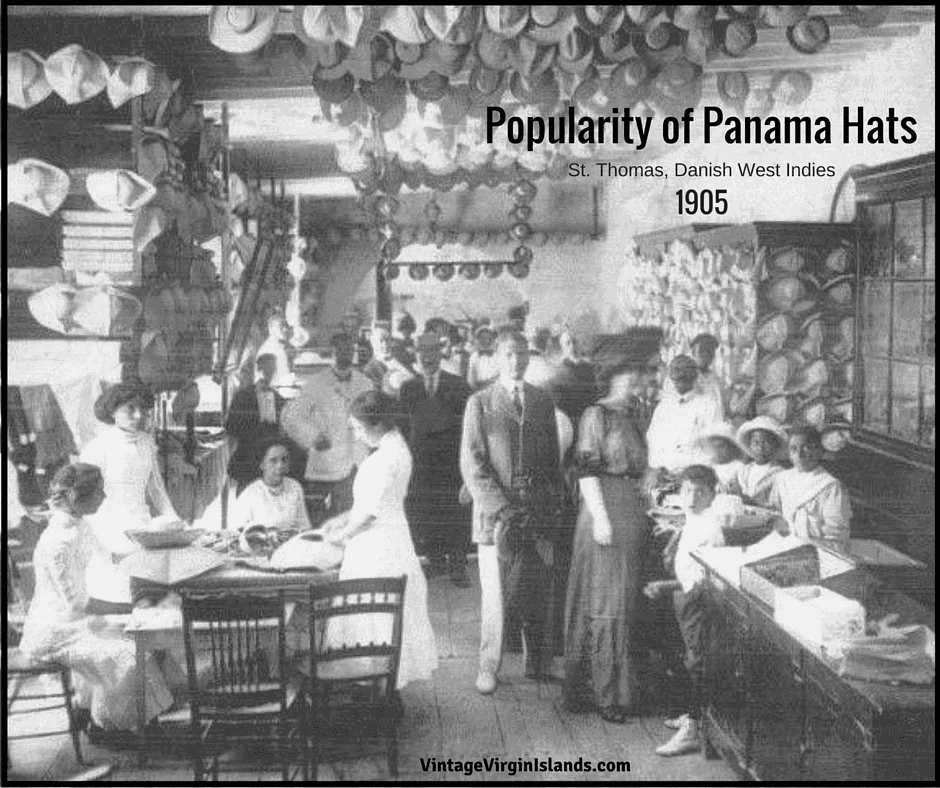
Figure / By the 1900s in the West, the Panama hat has become a must-have accessory for the upper class
Source / VintageVirginIslands
With the development of the Age of Navigation, by the 18th century, the "Ecuadorian hat" at that time was a very popular accessory among sailors and travelers at that time, but most of them were still only circulated in Ecuador. It wasn't until a Spanish officer, Manuel Alfaro, who lost a fight and had to flee his country in the 1830s, changed the fate of the Panama hat.
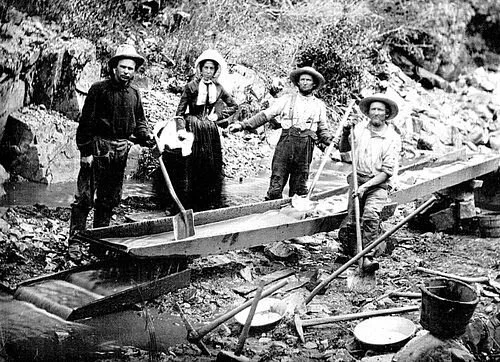
Figure / Panama hat has become a must-have hat for gold rush travelers
Source / wikipedia
Spanish Merchants and San Francisco Gold Rush
Afaro left Spain for Ecuador and started his new life in the small town of Monte Cristi. Afaro noticed the traditional straw hats woven by local residents and seemed to see a near future for straw hats. Afaro did not change any design of the hat, but he opened up farmland to plant Panama grass in the local area, established a production system to speed up production, and established a related production organization to ensure that the output of hats can be more stable than other competitors. Opened the era of professional production and export of straw hats.
With the development of the port of Guayaquil in Ecuador and the construction of a new railway in the 1850s, he exported straw hats from the town of Montecristi to the Isthmus of Panama, the central hub of transportation at the time. At the same time, the San Francisco Gold Rush broke out in the United States, and thousands of gold diggers shortened their journeys and came to the Isthmus of Panama. On the way across, almost every traveler will buy this decent and delicate straw hat as a souvenir. This straw hat not only helps travelers resist the scorching hot sun in the tropics, but also is light and fashionable.
The King of France and the President of the United States
At the World Exposition held in Paris in 1855, a Frenchman living in Panama gave a Panama hat to the then French King Napoleon III. Napoleon III liked this hat very much. He was very popular at that time. With the appearance of the Panama hat in front of the masses, the image of the Panama hat began to take root in the hearts of the European people, and gradually captured the hearts of the European upper class, becoming a fashion holy product at that time.
Fifty years later in the early 20th century, US President Thedore Roosevelt visited Panama and was inspecting the progress of the canal project when a reporter took a photo: Roosevelt was wearing a white suit and a white straw hat on his head. . After this photo was published in the newspaper, people always called this hat the "Panama hat". Since then, it has established an international reputation in Europe and the United States. Many celebrities have one, a traditional craft from Ecuador, and another name to squeeze it. Into the list of fashion classics.
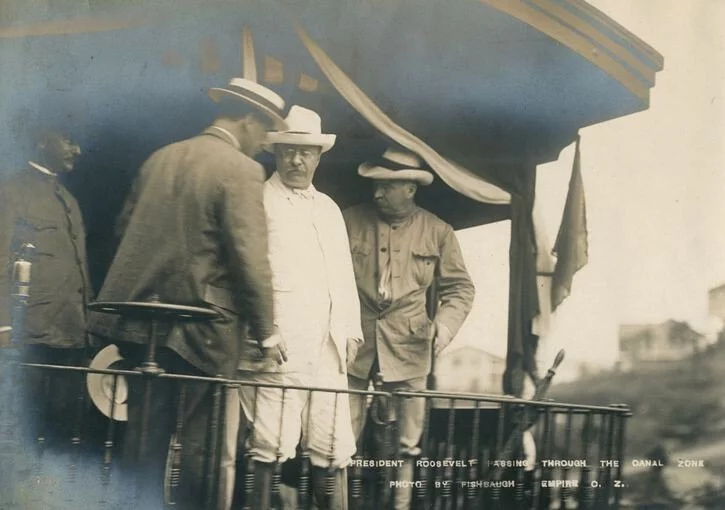
Photo/ US President Roosevelt Sr visited Panama
Source/ marcianosmx.com
Fine woven straw hat as thin as cotton
The hand-woven straw hat has the original color and straw texture of Panama prairie. The variety and irregularity of the hat type increase the visual appeal. The grade of Panama hat is mainly distinguished by the density of grass weaving. The higher the number of knitting needles per square inch, the more detailed, the longer the production time and the higher the price. The top hat is not even easy to see the traces of straw, in terms of vision and touch, people think that it is as fine as a cloth material.
The time and energy spent on weaving the top Panama hats range from several months to a year, and there are also artists who have relayed weaving Panama hats for tens of thousands of dollars for many years.
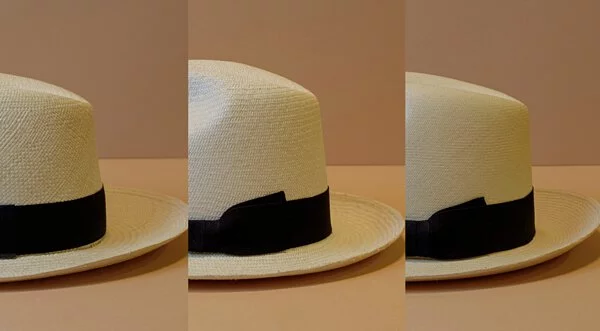
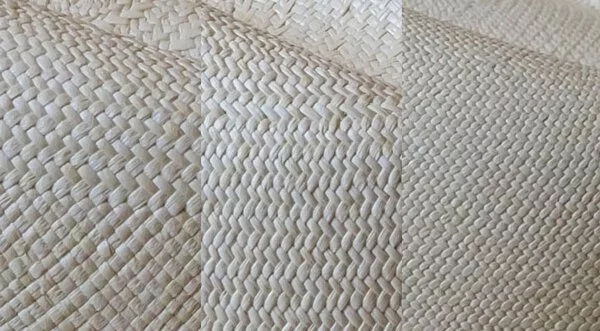
Figure / Panama hats of different weaving grades, the fineness of weaving can be seen from the number of needles per inch
(from left to right are Fedora classic hats: entry-level, advanced, customized)
Source / South and South Corner
straw hat weaving process
1. Cut the Panama stalks open to get the fibers inside to get the raw material for woven straw hats.
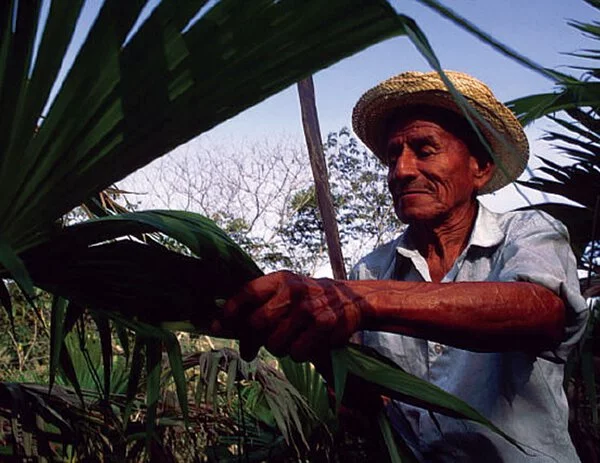
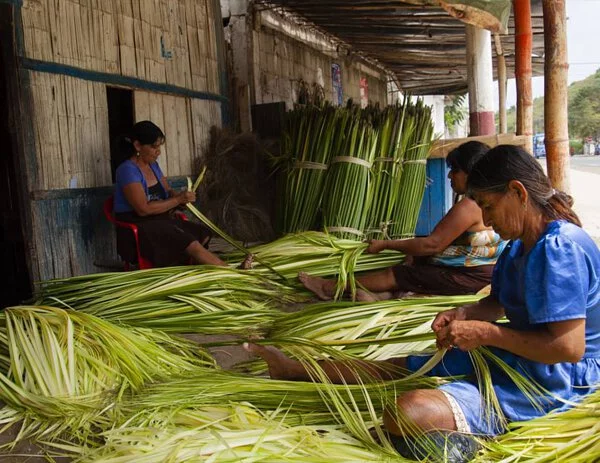
2. Tie the Panama grass fibers into a bundle and cook in a large pot for about 20 minutes. During the process, continuous stirring is required to ensure that the leaves are fully expanded. After drying , the best quality grass is selected for weaving.
3. The weaving of the straw hat will start from the center point of the crown, weave in a circular fashion, and then weave the hat body along the way. The time to make a straw hat varies from a few days to more than a few months, depending on the fineness and quality of the weaving, and even the top hats can take more than a year .
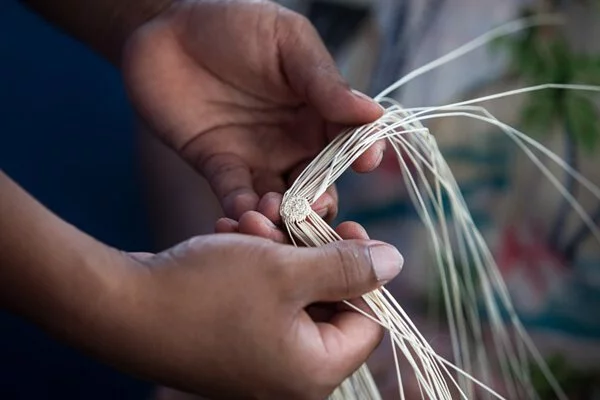
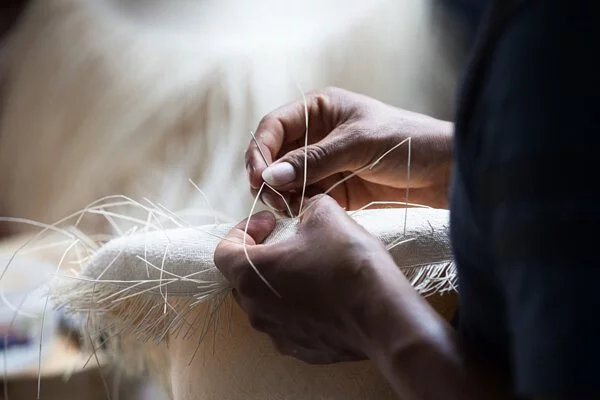
4. After the weaving is done, preliminary trimming is carried out, then the hat is shaped, ironed, and trimmed, and finally the chinstrap is put on, and a Panama hat is finished.
